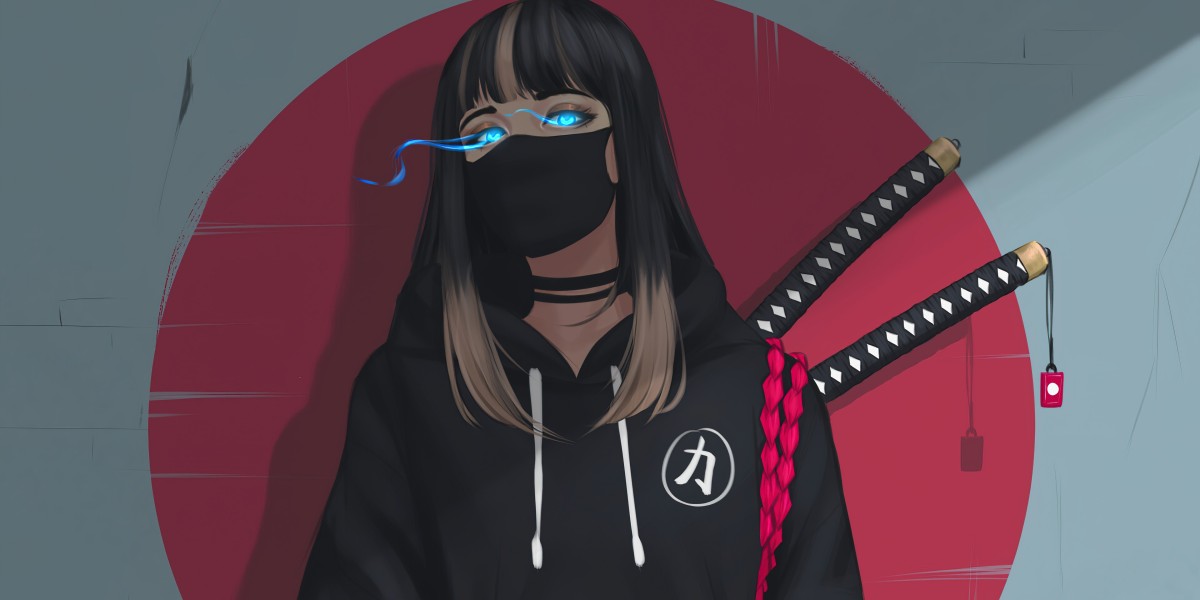In the ever-evolving world of fashion, few accessories have managed to capture the zeitgeist and hold the public's attention like the Loverboy hat. Known for its playful design, distinctive ear flaps, and bold aesthetic, the hat—first popularized by Charles Jeffrey's London-based label, Charles Jeffrey LOVERBOY—has evolved from a niche statement piece into a cultural icon worn by artists, activists, and style rebels alike.
As we look ahead to the future of this signature accessory, one key question arises: how can the Loverboy hat continue to evolve while remaining authentic to its roots? The answer lies in a nuanced understanding of its origin, symbolism, community relevance, and potential directions in an increasingly digital and sustainability-conscious era.
Origins: The Birth of a Cultural Symbol
To appreciate the future of the Loverboy hat, we must first revisit its roots. The hat debuted as part of Charles Jeffrey’s early collections, reflecting the DIY ethos and subcultural richness of London’s queer nightlife. Inspired by punk, club kids, and New Romanticism, the Loverboy hat wasn’t just an accessory—it was a piece of wearable rebellion.
Jeffrey, both designer and illustrator, infused his collections with autobiographical detail, channeling the energy of marginalized voices into expressive fashion. The hat’s long flaps and bright hues were initially dismissed by mainstream critics as flamboyant or unserious, yet they became symbols of fearless individuality. Over time, the hat emerged as a rallying point for inclusivity, creativity, and gender fluidity.
Staying True: What the Loverboy Hat Represents
At its core, the Loverboy hat embodies more than style. It represents:
- Queer identity and empowerment
- Subversion of traditional fashion norms
- The celebration of youth and rebellion
- A DIY, punk-inspired design philosophy
Unlike fast fashion’s tendency to commodify and dilute meaning, the Loverboy hat has maintained its essence through deliberate storytelling and visual continuity. It stands as an emblem of a fashion movement that prioritizes authenticity, resistance, and joy.
Evolving with the Times
As the fashion industry becomes increasingly driven by trends, collaborations, and social media virality, the challenge for any iconic item is to grow without losing its soul. So, what might the future of the Loverboy hat look like?
1. Sustainable Production
One of the most pressing issues in fashion today is sustainability. Charles Jeffrey has already taken steps toward ethical production, but the Loverboy hat can become a flagbearer for environmentally conscious design. Future iterations might feature:
- Recycled or upcycled materials
- Limited-run collections with traceable sourcing
- Biodegradable or circular design principles
As younger consumers become more eco-conscious, maintaining the hat’s rebellious roots will mean aligning those values with tangible action.
2. Digital Expression and Virtual Fashion
In the digital age, fashion is no longer confined to the physical world. Platforms like Roblox, The Sims, and Zepeto are offering virtual wardrobes—and the Loverboy hat is perfectly suited for this crossover. Its exaggerated, whimsical form makes it ideal for:
- Augmented reality filters on social media
- Digital skins and avatars in gaming
- NFT or blockchain-verified fashion items
This evolution into digital realms enables the hat to reach global audiences while still upholding its identity as an outlier—a form of wearable art for the cyber age.
3. Collaborations that Respect Heritage
Collaborations are a double-edged sword. Done well, they expand a brand’s reach; done poorly, they dilute its DNA. The Loverboy hat has found success in limited collabs (e.g., with Mulberry and Converse), but its future lies in partnerships that respect its heritage and queer roots.
Potentially powerful collaborations might include:
- Artists from the queer community (e.g., Arca, Rina Sawayama)
- Activist collectives aligned with LGBTQ+ rights
- Brands championing inclusivity, such as Telfar or Palomo Spain
These collaborations wouldn’t just produce fashion—they’d tell stories, share platforms, and amplify voices that echo the hat’s origins.
The Role of Community
No discussion of the Loverboy hat is complete without recognizing its community. From queer youth in East London to international fans embracing its daring spirit, the hat's legacy is community-driven. Its future must be, too.
1. Crowdsourced Designs and Community Input
Empowering fans to co-create could be a powerful evolution. Through contests or open submissions, the next generation of Loverboy hats might emerge directly from the community it represents. This would create:
- Deeper engagement and brand loyalty
- Democratization of high fashion
- Designs that reflect diverse cultural narratives
Charles Jeffrey has already embraced performance, zines, and multidisciplinary art. Involving fans in the actual design process would be a natural next step.
2. Educational and Social Impact Initiatives
The Loverboy hat has always symbolized rebellion, but as the brand matures, it can channel that spirit into action. Programs that support queer creatives, offer mentorship, or fund community spaces would allow the hat to be not just a symbol of identity but an agent of change.
Imagine a line of hats where proceeds fund gender-affirming care, creative scholarships, or safe nightlife venues. Such initiatives would root the hat in lived impact—proof that fashion can go beyond expression into empowerment.
Global Reach, Local Relevance
As the Loverboy brand grows internationally, another tension arises: how to remain true to a hyper-local ethos while scaling globally.
The original aesthetic was born in the underground clubs of London—a place where eccentricity, queerness, and resistance converged. To retain that spirit:
- Local campaigns can be launched in cities with thriving queer scenes: Berlin, Tokyo, São Paulo.
- Pop-up installations could blend fashion, performance, and protest.
- Localized editions of the hat might reflect regional fabrics, symbols, or histories while maintaining the silhouette.
By connecting with global communities without erasing local stories, the Loverboy hat can evolve into a global queer standard—not a mass-marketed trend.
Challenges to Watch
No iconic piece is immune to challenges. For the Loverboy hat, these include:
- Over-commercialization – Mass production risks diminishing the hat’s uniqueness.
- Trend fatigue – Once something becomes too popular, it risks losing its edge.
- Co-option by mainstream culture – The very identities it was meant to represent could be diluted if adopted without context.
Mitigating these risks requires conscious branding, storytelling, and, most importantly, a refusal to compromise on values. The Loverboy hat must remain weird, wild, and wonderfully nonconformist.
Conclusion: Rebellion Reimagined
The future of the Loverboy hat lies not in reinvention but in reimagination. It must evolve technologically, ethically, and globally—while holding fast to the punkish, queer heart that made it iconic in the first place.
In a world where fashion often trades authenticity for clout, the Loverboy hat is a reminder that style can be subversive, personal, and joyful. As long as it continues to center community, resist conformity, and amplify marginalized voices, its future will be as bold as its past.
The hat doesn’t just sit on your head—it speaks volumes about who you are and what you stand for. And that’s a legacy worth protecting.


